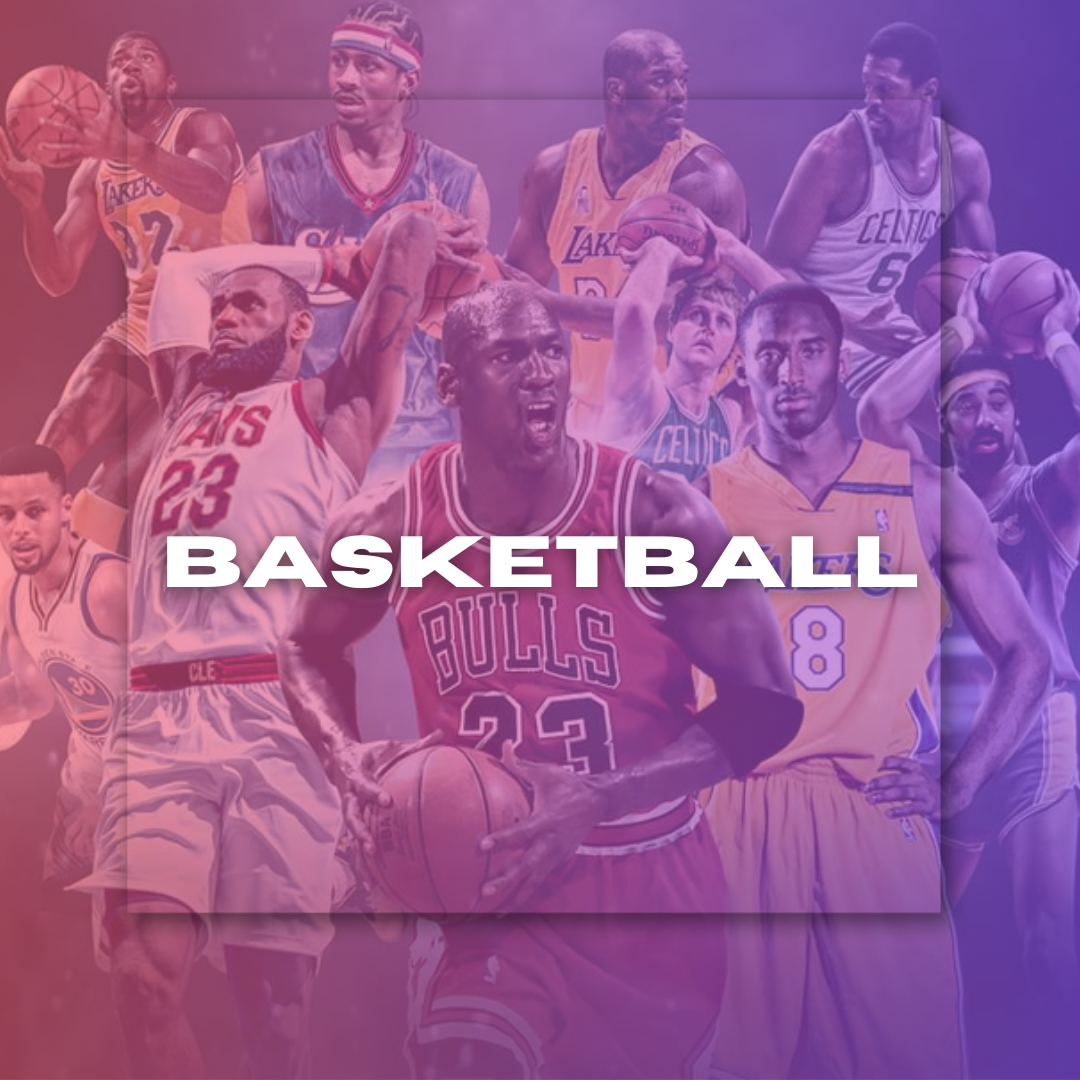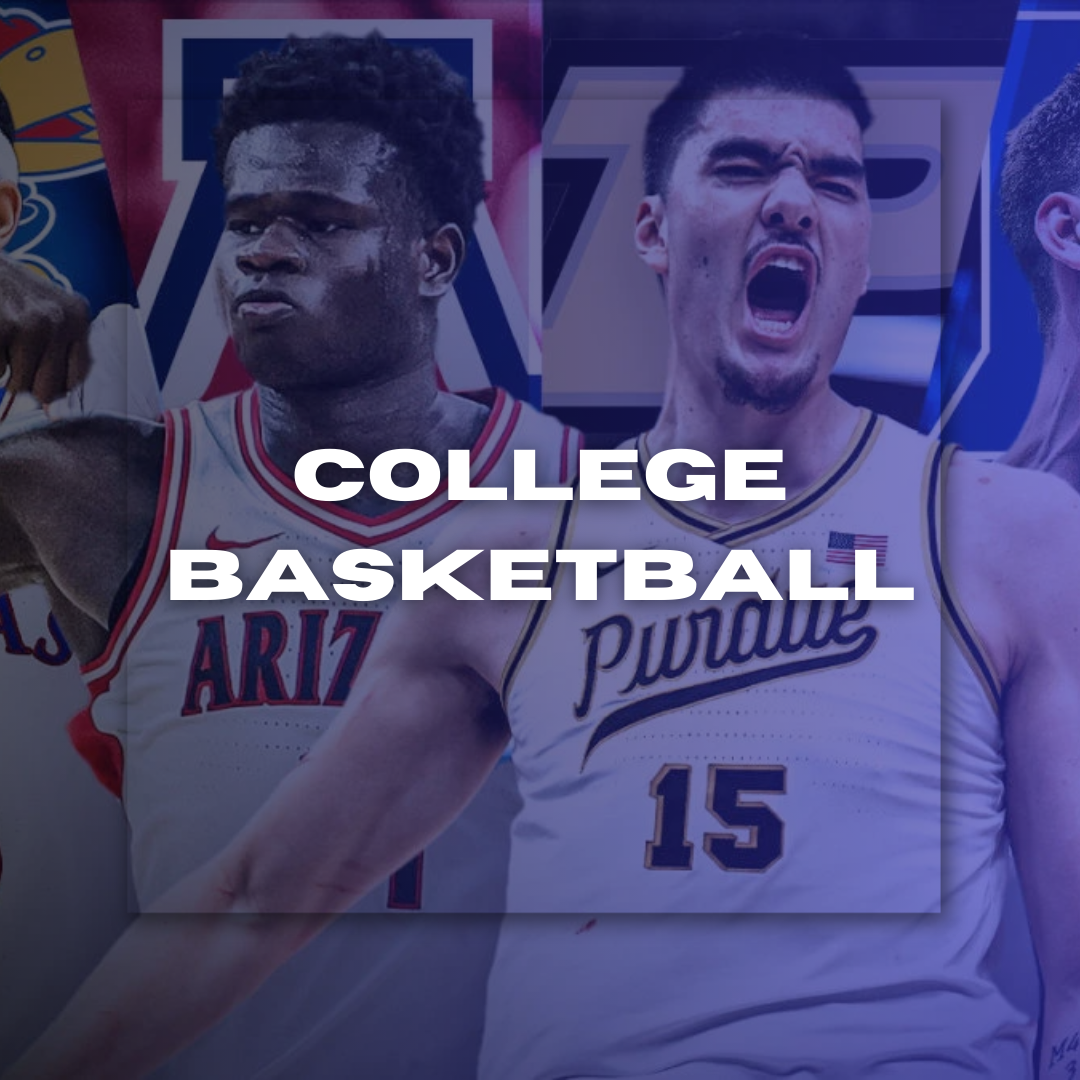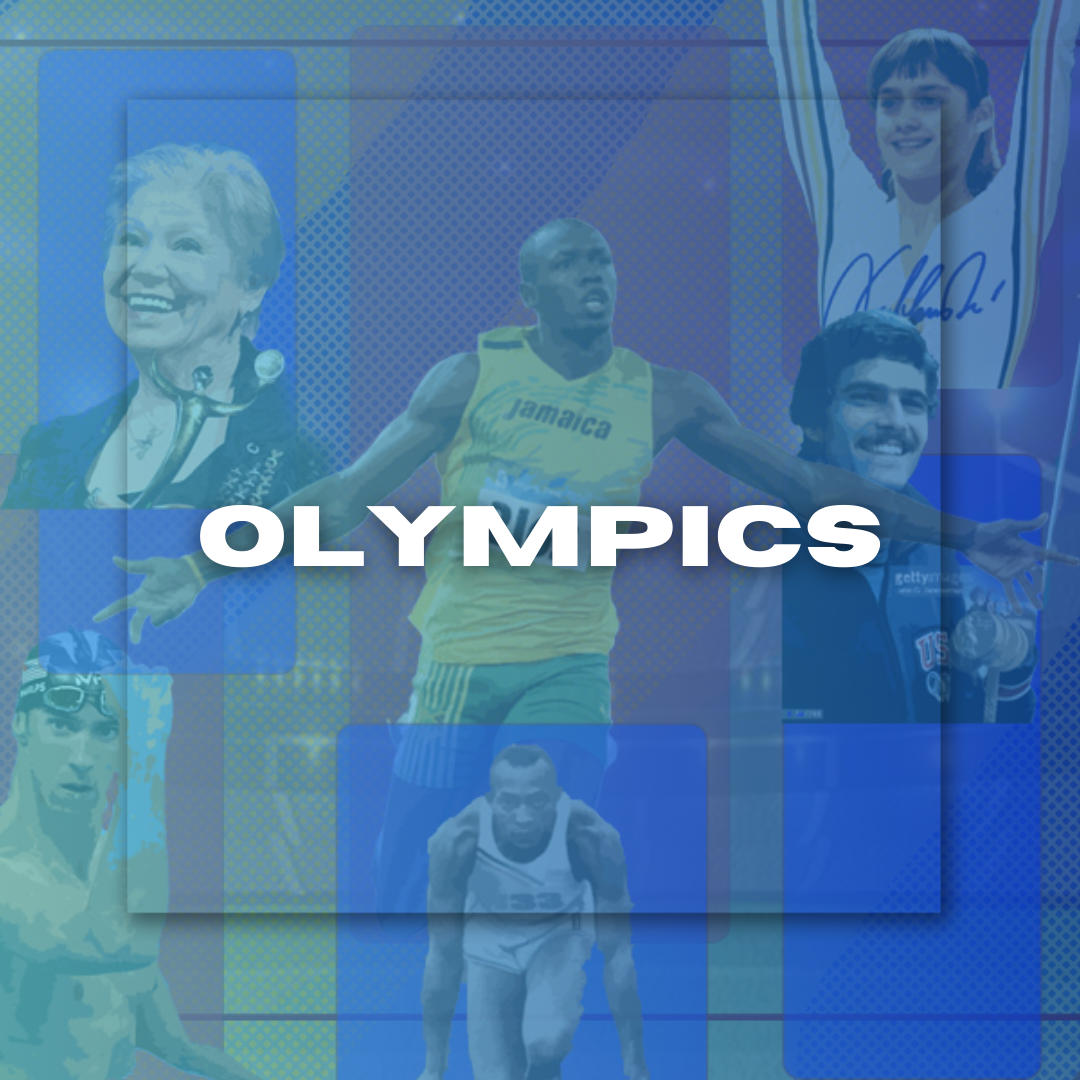
F1 in America: How the 2025 Las Vegas Grand Prix Is Transforming U.S. Motorsport Fandom
By Jayson Panganiban June 09, 2025 09:25
The 2025 Las Vegas Grand Prix is rapidly becoming a transformative event in the landscape of U.S. motorsport fandom, marking a pivotal moment for Formula 1 (F1) in America. This race, set against the dazzling backdrop of the Las Vegas Strip, is not just a sporting spectacle but a cultural phenomenon reshaping how American fans engage with F1.
The Las Vegas Grand Prix, running 50 laps on a 6.2-kilometer circuit that threads past iconic landmarks like the Bellagio and Caesars Palace, offers a night race experience that rivals the speed and excitement of legendary European circuits such as Monza. The event’s unique blend of high-speed racing and the city’s renowned entertainment scene has elevated it to a marquee status on the F1 calendar.
F1’s growth in the U.S. has been nothing short of remarkable. According to Nielsen Sports data, the American fanbase surged by 10.5% in 2024, reaching 52 million, with an additional 10.5% growth expected in 2025, adding nearly 90 million new fans globally. This surge reflects a broader trend of increasing interest, fueled by strategic efforts from F1 leadership to embed the sport deeply into American sports culture. Stefano Domenicali, F1’s CEO, emphasized this targeted approach: “Over the past five years, we have implemented a very targeted strategy to bring Formula 1 ever closer to the American fans – not only during race weekends but throughout the year, through content, events and new engagement platforms”.
The Las Vegas Grand Prix exemplifies this strategy’s success. The event’s economic impact is staggering, generating an estimated $1.5 billion in tax revenue and setting records as the most lucrative event in Las Vegas history. The average F1 tourist spends over $4,000 during a 4-day visit, significantly more than typical tourists, underscoring the event’s value to the local economy. This infusion of economic activity illustrates how F1 has become a vital part of the American sports and entertainment fabric.
Fan engagement has also evolved dramatically. The Netflix series Drive to Survive has played a crucial role by humanizing the sport’s drivers and personalities, making F1 more relatable and accessible to a younger, more diverse American audience, including a notable increase in female fans from 10% in 2017 to over 18% in recent years. Lewis Hamilton, a seven-time world champion, noted the shift in American fandom: “It’s been really, really amazing to see a large portion of the country is now speaking about it”.
However, sustaining this momentum requires maintaining competitive racing. Hamilton also highlighted the importance of close competition for fan retention: “People want to see that,” he said, referencing the dip in social engagement when racing lacks intensity.
The Las Vegas Grand Prix’s success is a testament to F1’s broader American revolution. With three races on U.S. soil including Miami and Austin the sport is no longer a niche interest but a mainstream fixture. Domenicali remarked, “F1 has become a part of the American sports fabric, and it is here to stay”.
The 2025 Las Vegas Grand Prix is more than just a race; it is a catalyst transforming U.S. motorsport fandom. Through strategic growth, economic impact, and cultural integration, F1 is carving out a permanent and passionate fanbase in America, signaling a new era for the sport in one of the world’s most vibrant entertainment capitals.

































































